
Elena Chapalova is a certified baby sleep consultant and a mother of two wonderful boys. The sleep problems of her second son shift the focus of her professional career. From an infectious disease doctor, Dr. Chapalova finds her true calling in helping children with their sleep. She is a pioneer in the sphere of baby sleep and is among the first people to lay the foundation of the profession in Bulgaria. Dr. Chapalova founded the first and largest center for baby sleep consulting in Bulgaria – in three years, she and her team have helped over 4 500 families.
The Child’s Sleep Is in The Hands of The Parents
Home of Wool: Is it normal for a baby or a child to have sleep problems?
Elena Chapalova: As a baby sleep consultant, I’ve noticed that most families have problems. According to me, around 40% of babies have trouble with their sleep. They aren’t born that way – the reason for their sleep problems is the parents’ lack of experience and knowledge about baby sleep.
Home of Wool: Is it safe to assume that the parents’ inexperience is the root cause of the problem?
Elena Chapalova: In most cases, yes. Let’s say in 95% of them, that’s the case unless there are other factors in play – such as health problems or similar serious issues. At the end of the day, the baby’s sleep heavily depends on the implemented schedule and the way the baby is put to sleep. As a mother and a doctor, I also didn’t know that the way you get your child to sleep has a direct effect on their quality of sleep. If the baby falls asleep in your hands, they will want you to cradle them to sleep with the same movement pattern throughout the whole night.
Home of Wool: How important is sleep for the child’s development?
Elena Chapalova: Sleep matters for adults and especially for children. Slow-wave sleep (NREM), in its deeper phase, is responsible for the health of the immune system. While REM sleep helps us process the avalanche of information we have acquired throughout the day. In order to use all that information, we must first archive and process it during REM sleep. When we dream, we digest the information from the previous day. Sleep plays a crucial role in numerous processes – the health of our psyche, and the function of our nervous system for example.
The Importance of Following a Sleep Schedule
Home of Wool: Is there such a thing as a sleep schedule for babies and children?
Elena Chapalova: Of course, sleep schedules are crucial. However, there seems to be a difference between how parents and a baby sleep consultant would understand the word sleep schedule. Often people think it means going to bed and waking up at a fixed hour. Such a fixated sleep schedule is not physiologically possible for babies younger than 8-9 months. In the first 6 to 8 months, our goal should be to organize the daily rhythm of our children so that we don’t exhaust them.
Babies can stay awake for a very brief period. Newborns stay up for no more than 40 minutes before they get tired and need to doze off; three-month-olds last an hour and a half before exhaustion kicks in. Children have a different mechanism – the more tired they are, the harder it’s for them to fall asleep, and the more chaotic their night and day rhythm turns. Exhaustion doesn’t lead to improvement, but to rapid decline. The ultimate goal of the sleep schedule within the first 6 months is to prevent the baby from succumbing to exhaustion.
The main culprit of most sleeping problems during the first 6 months is exactly that exhaustion. The babies’ nervous system isn’t mature enough and overtires easily. Babies need help and time.
Home of Wool: How do we know if our baby is tired?
Elena Chapalova: They start crying. When babies are sleepy, they don’t cry – they tub their eyes and yawn. Usually, when tired, the baby wouldn’t want to play to be talked to – they will start to whine and then cry. If the baby starts crying hard, that is a clear sign we have missed the window for putting them to sleep. We are 15-20 minutes too late.
The most important thing is to watch the baby and be in tune with what they show us. Tired babies may become more apathetic, lose interest in everything, and even develop redness on their eyebrows. Often, we are busy with something else, and we miss the opportunity to prevent the occurrence of exhaustion. Every stimulus – sounds, lights, people – burdens the babies’ nervous system.
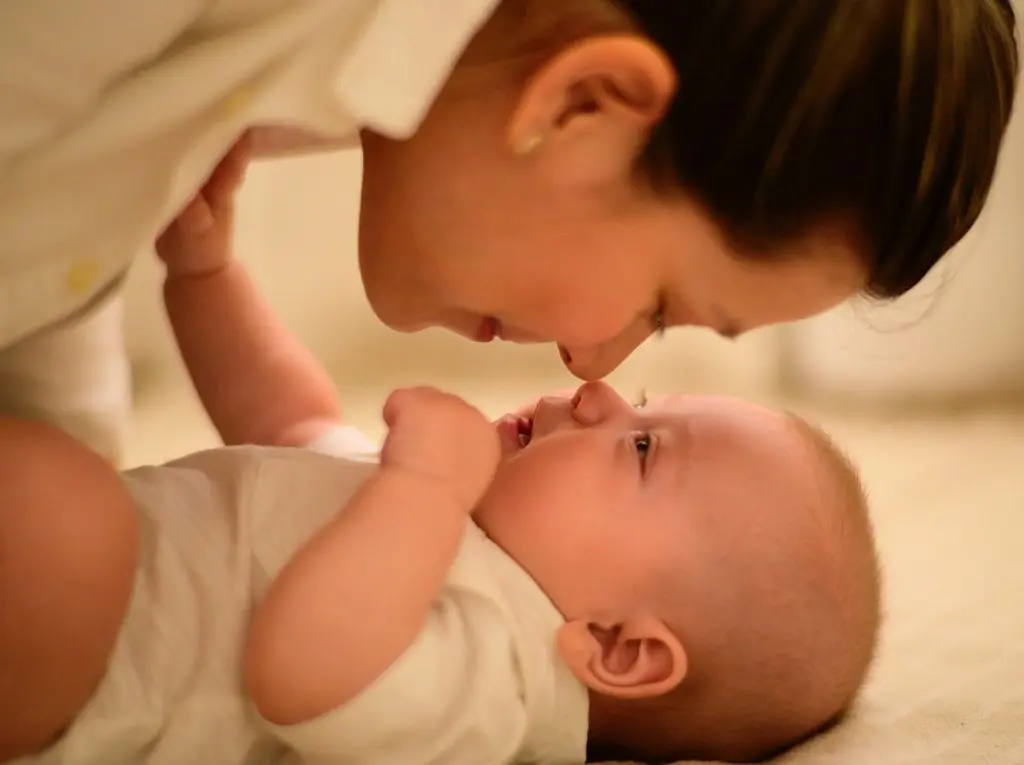
Home of Wool: How do we escape this vicious cycle of fatigue?
Elena Chapalova: The best strategy is to not miss the sleeping window. If we do miss it, it’s better to try and calm down the baby with hugs, affection, and gentle touch before putting them to sleep. Making a baby fall asleep while they are crying is a lost cause. The mother may start crying because she doesn’t know what’s happening, the baby is bursting into tears, and everything turns to sorrow.
This is usually the case with mothers and their newborns. If we have entered into a vicious cycle of fighting and crying, then that is a clear sign the baby is tired and needs to “oversleep.” In the period of a few days, each time our baby wakes up, we must gently hug it or caress it back to sleep for a few more minutes. Once the exhaustion fades away, everything will turn back to normal.
Home of Wool: When we talk about sleep schedule, can we look at an example of an eight-month-old baby that has already outgrown the first 6 months and is more susceptible to a regimen?
Elena Chapalova: Eight-month-olds need two naps in 95% of the cases. If we say the baby wakes up at 7:30 am, the first nap should be around 10:30 am. They need pre-lunch sleep ranging from 40 minutes to an hour and a half. After that, they will stay awake for 3 hours and a half. At around 3 pm, they will have another nap of 40 minutes to an hour and a half. Sometimes the first nap is longer than the second, other times it’s the opposite. After four hours of wake-up time, the baby should go to sleep at around 8 pm.
Home of Wool: Should we follow the sleep schedule religiously?
Elena Chapalova: Even though I’m a baby sleep consultant, I still don’t think our lives should revolve around the sleep schedule of our children. There are families without rigid schedules, and yet they enjoy normal sleep. The sleep schedule is especially useful if the baby has a very hard time falling asleep or the daily naps are under 40 minutes, and they wake up sleepless. In such cases, a sleep schedule is a must for at least a couple of days. When things start normalizing, we can loosen up the regimen.
However, some babies and children have to follow a sleep schedule all the time. About 20% of children fall into that category, and they need constant attention, otherwise, the sleep problems will come back in no time.
Baby Sleep: Problems and Solutions
Home of Wool: Which are the three most common problems with a baby’s sleep?
Elena Chapalova: Number one is nighttime awakening – when the baby often wakes up during the night. Another problem is the frequent but short daytime naps that last less than 40 minutes. The third serious issue is trouble falling asleep. These are the top three problems parents come to us.
Home of Wool: How do we deal with these problems? Can a sleep schedule help?
Elena Chapalova: Apart from the sleep schedule, after the sixth month, there are several essential factors that play a role in your child’s sleep. The sleep conditions are crucial – is the temperature, and humidity right? Is it dark enough? Is the diaper clean? All of this has its weight.
It is very likely that your child is waking up because it’s overdressed. The feeding schedule is also important. If there is a disbalance between the intake of liquid and solid food, we can see problems during nighttime sleep. For example, if the baby has trouble eating solid food and the mother has stopped almost all daytime breastfeeding, the child will start walking up at night because it wants to nurse. The baby doesn’t eat enough during the day, so it stays hungry at night.
How the baby falls asleep is also a factor. We call them “sleep associations.” The way the child falls asleep after the 4-5th month has an influence on whether or not they will wake up or not. Babies doze off with different types of associations related to their surroundings. For example, that can be our hug, specific white noise, or their pacifier. In the case of many babies these associations break up the nighttime sleep. They fall asleep after being cradled or with a pacifier in their mouth – after the baby wakes up it needs the same mechanism of lulling. Often the mother should put them back to sleep 5 to 6 times a night. Associations play a significant role in the baby’s sleep.
As a baby sleep consultant, I approach the problem in such a way: first, we fix any issues related to the baby’s sleeping conditions. If there is a significant improvement, then most likely, there is no association problem, and that’s enough to resolve the situation. However, if their problem persists, we must focus on helping the baby fall asleep with less and less external aid. The goal is to achieve complete independence so that when the baby inevitably wakes up, it can fall asleep alone.
The Optimal Sleep Environment for Your Baby
Home of Wool: How would look the perfect sleep environment for a child?
Elena Chapalova: Tell a parent their child needs to sleep in silence, and they will do the opposite – they want their baby to get used to the noise. In reality, during the first 2-3 months, babies can sleep through very loud noises, but after that, they lose this ability. Babies need a quiet and dark environment. The temperature of the room should be around 65F to 72F. There should be no artificial light sources because they reduce the melatonin levels in both babies and adults.
What you do in Home of Wool is also very important for all children. I love that you don’t use dyes- everything is light and white. It’s gentle to the baby’s skin and reduces exposure to unhealthy chemicals. Creating a safe environment is crucial. There should be no hanging objects, and the crib shouldn’t be near a heat source.
Home of Wool: Where should the baby sleep?
Elena Chapalova: This is a very complicated question for every baby sleep consultant. During the first 6 months, it’s not advised for the baby to sleep alone in a room since this will increase the risk of sudden infant death syndrome. One can rely on a separate bed or sleeping space near the parents. A standard bassinet attached to the parent’s bed is a good choice.
Many families sleep with their children in their beds. It’s vital we follow all safety measures so the baby doesn’t get hurt. If both parents sleep in the bed, then the mattress should be as wide as 78 inches, so there is enough space for the baby. It’s best to have the mattress on the ground in order to mitigate the risk of falling.
Valuable Tips for All Parents
Home of Wool: How can a future mom prepare for all of this?
Elena Chapalova: First, all expecting parents must educate themselves on how to promote the safety of their children during sleep. Their best strategy is to learn the basics since inexperienced parents are the most likely to make the biggest and most avoidable mistakes.
I believe parents should be informed, but at the same time, they should also follow their intuition. Oftentimes, the solution may lie within us. As mothers, we should be sensitive to our intuition.
Home of Wool: Is there such a thing as bad parental habits?
Elena Chapalova: I wouldn’t say so. I dislike using the term “bad habits” in regard to parenthood since parents do what they do with their very best intention. For me, these aren’t bad habits, but ignorant actions. The parents don’t know what to do, so they do everything. I think a really bad habit is that of underestimating the importance of sleep. We understand its role and how important is for our children. If we see it for what it is, we will be motivated to educate ourselves and find solutions to the problem. A lot of people undersleep.
Home of Wool: Is there something we overlooked but it is important to note?
Elena Chapalova: If there is a problem, you don’t have to put up with it. I don’t say it because I’m a baby sleep consultant, but because I’m a mother and perfectly understand how hard it is to not sleep for months. I highly encourage people to seek help, even if it’s just reading basic information online or watching webinars. Ask for advice from someone who has already gone through all of this.

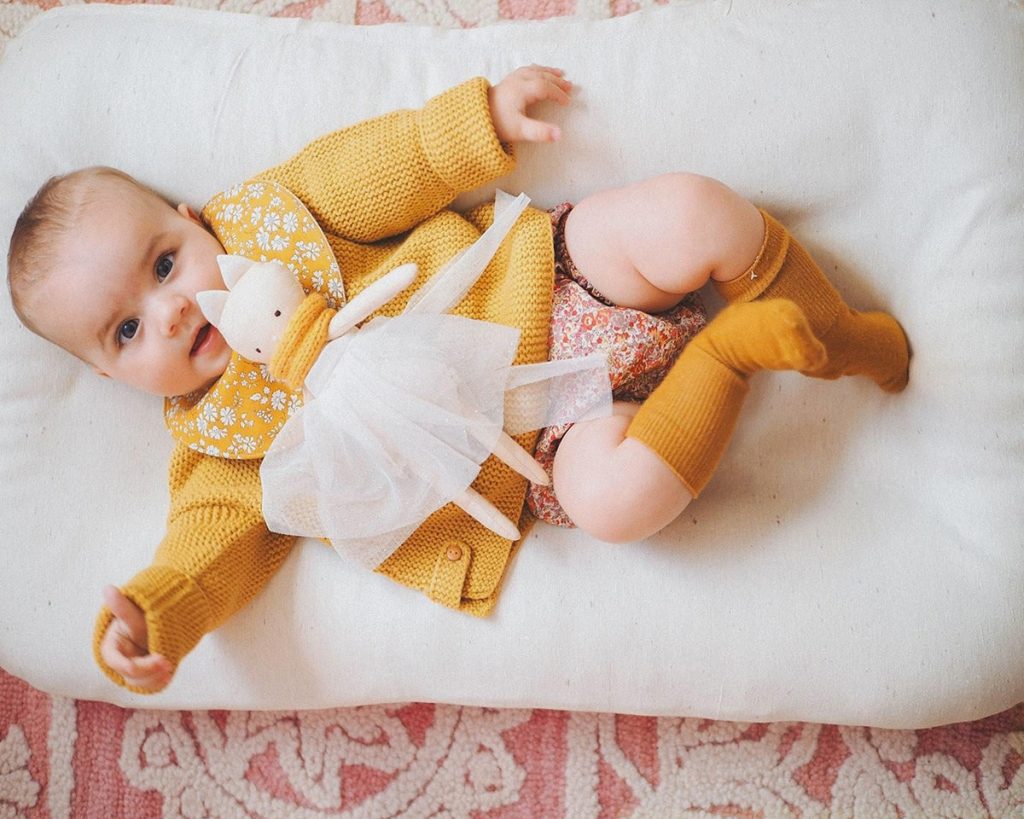
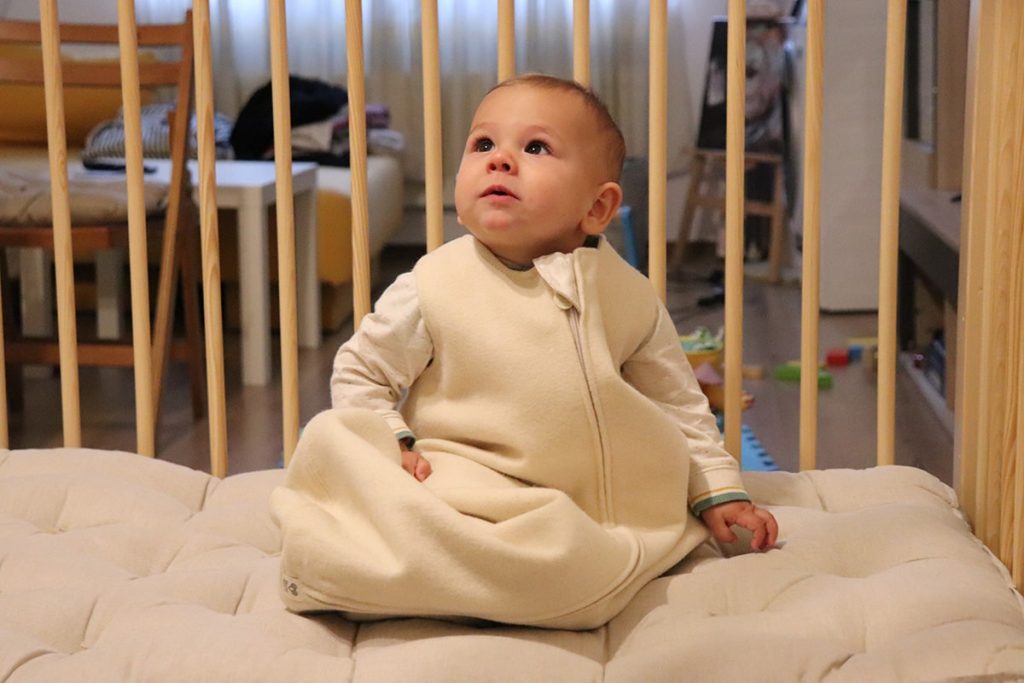

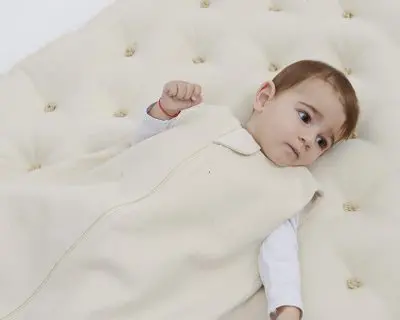

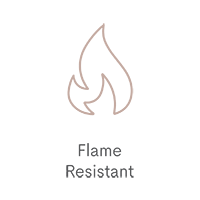

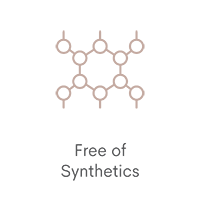


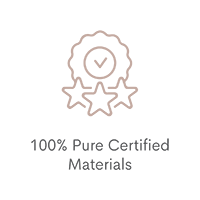
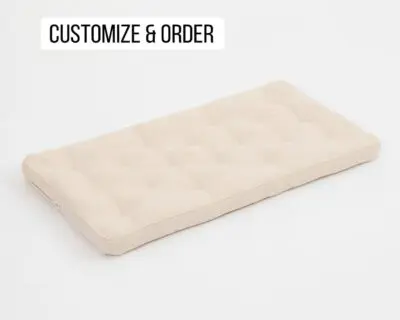


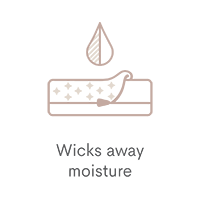
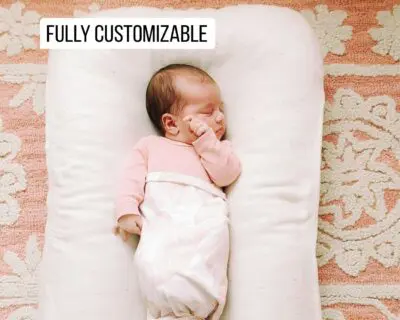

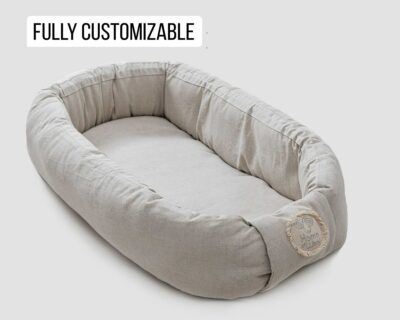
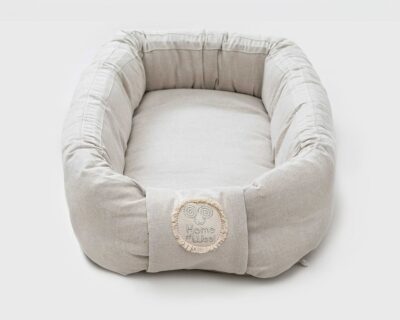
اترك تعليقاً